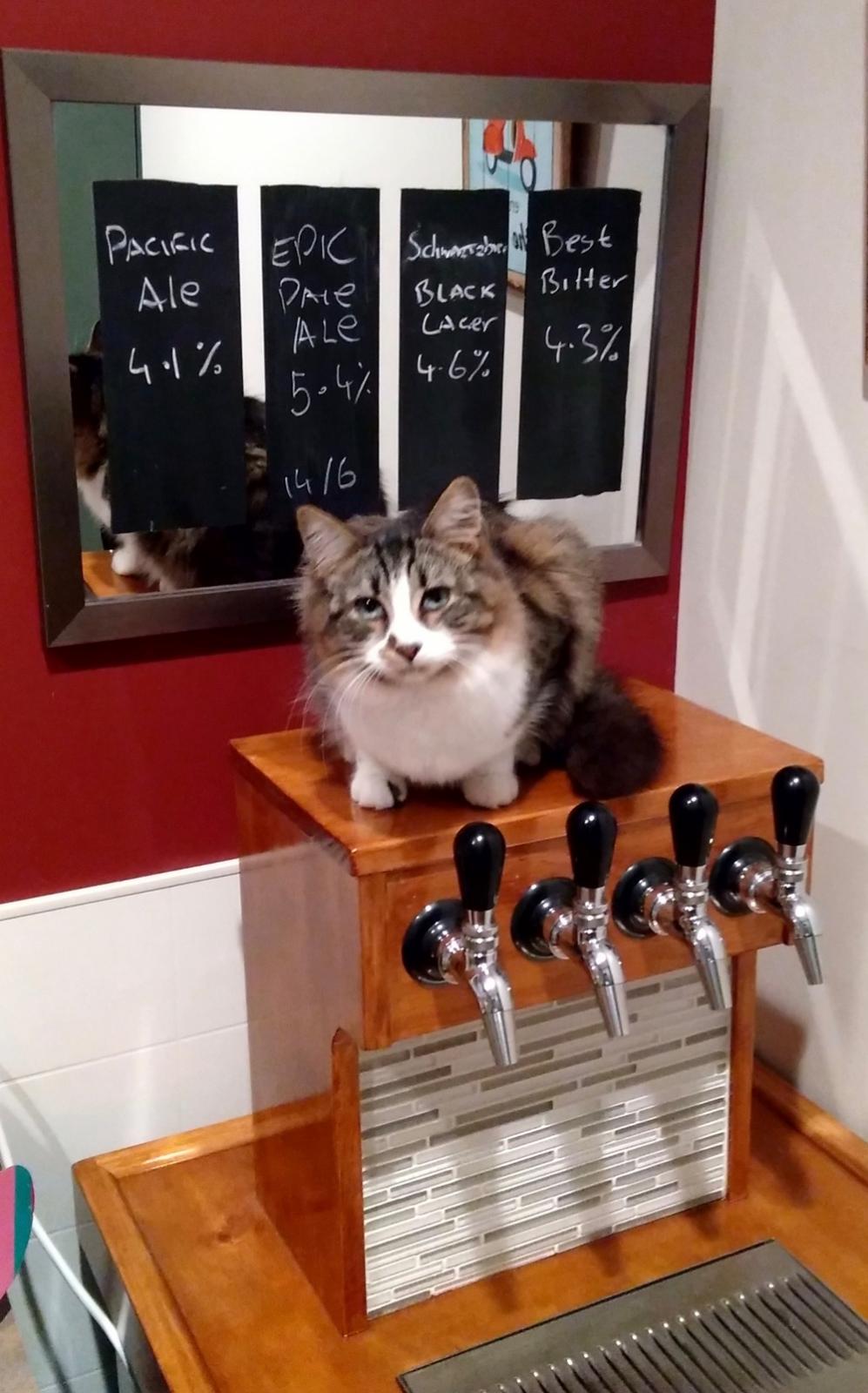Why such a long line​? It's nice to fill from the tap isn't it?




Why such a long line​? It's nice to fill from the tap isn't it?
Do you use stoppers on the tubes to keep the bottle/growler partially pressurized when filling or do you just use it as is? If the latter,isn't foaming a problem? Thanks
Have I just missed the boat on the flow control Intertaps from Ali Express? ��
https://www.aliexpress.com/store/product/High-quality-Stainless-Steel-INTERTAP-FC-TAP-ONLY-FLOW-CONTROL-Black-tap-handle-as-gift-home/1850830_1000001060668.html










I'd go with the better deal from US supplier. http://www.birdmanbrewing.com/3-pack-intertap-forward-sealing-stainless-flow-control-faucet/
We have a nitro coffee shop nearby using these, and fwiw they said they are happy with them.

So these faucets have been around for some time and so far I haven't really seen anyone compare the stout spout with an actual stout faucet.

What, exactly, are you trying to do with the cold-brewed coffee? You're not going to get that cascade effect with no carbonation, and nitrogen won't dissolve into solution in any appreciable quantity. You would be better served just pushing at normal pressures with nitrogen if you're not looking for a carbonated beverage.
krazydave
I tested nitrogen pressures from 30psi and up last year and have found that using a stout faucet it is necessary to use a high pressure and a carbonating stone to get the cascade effect I desire.
I debated getting another intertap and a spout for a portable kegerator but went for another stout faucet. Probably better for high pressure.
We are now pressurizing for 3 days at 65psi then serving at same, up from 55psi last year. Made 20 gallons this week.
TerryM
Hey all - I picked up a few of the 8473's (FC style,) does anyone happen to have tear down instructions or how-to for cleaning? I of course unboxed and took one apart and now am now at a loss on how to get the shuttle and FC components out of the tap body

Im having nothing but trouble with the flow control faucets... nothing but foam no matter what I do... im in the process of degassing my kegs and trying to re-balance my system. I was hoping to keep my kegs at carbing pressure and use the flow control to manage my severing pressure, not sure if thats possible

I'm a fan of set it and forget it. My keggerator sits at 38F with 10 pounds on the kegs, I have 3/16" x 10' beer lines.
I degassed the kegs and set everything to 5 pounds. I am getting better pours so long as I pour into a pitcher, I notice I will get a few seconds of beer then a burp of foam, more beer, then some foam. Im not playing with the FC at all during the pour either so not sure whats going on there..
Im considering doing a proper cleaning on the lines with the FC's on to clean out any shipping oils that might be in the faucets to see if that was it..

I'm a fan of set it and forget it. My keggerator sits at 38F with 10 pounds on the kegs, I have 3/16" x 10' beer lines.
I degassed the kegs and set everything to 5 pounds. I am getting better pours so long as I pour into a pitcher, I notice I will get a few seconds of beer then a burp of foam, more beer, then some foam. Im not playing with the FC at all during the pour either so not sure whats going on there..
Im considering doing a proper cleaning on the lines with the FC's on to clean out any shipping oils that might be in the faucets to see if that was it..